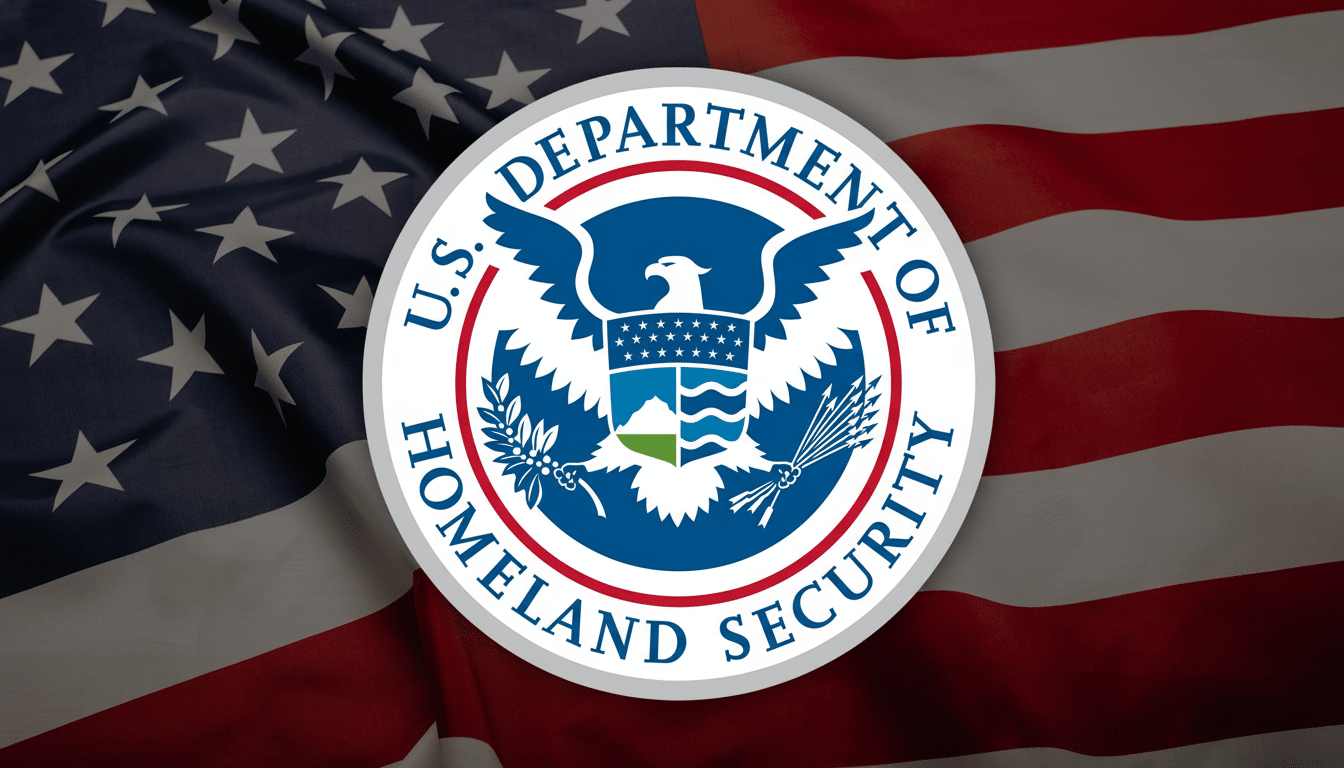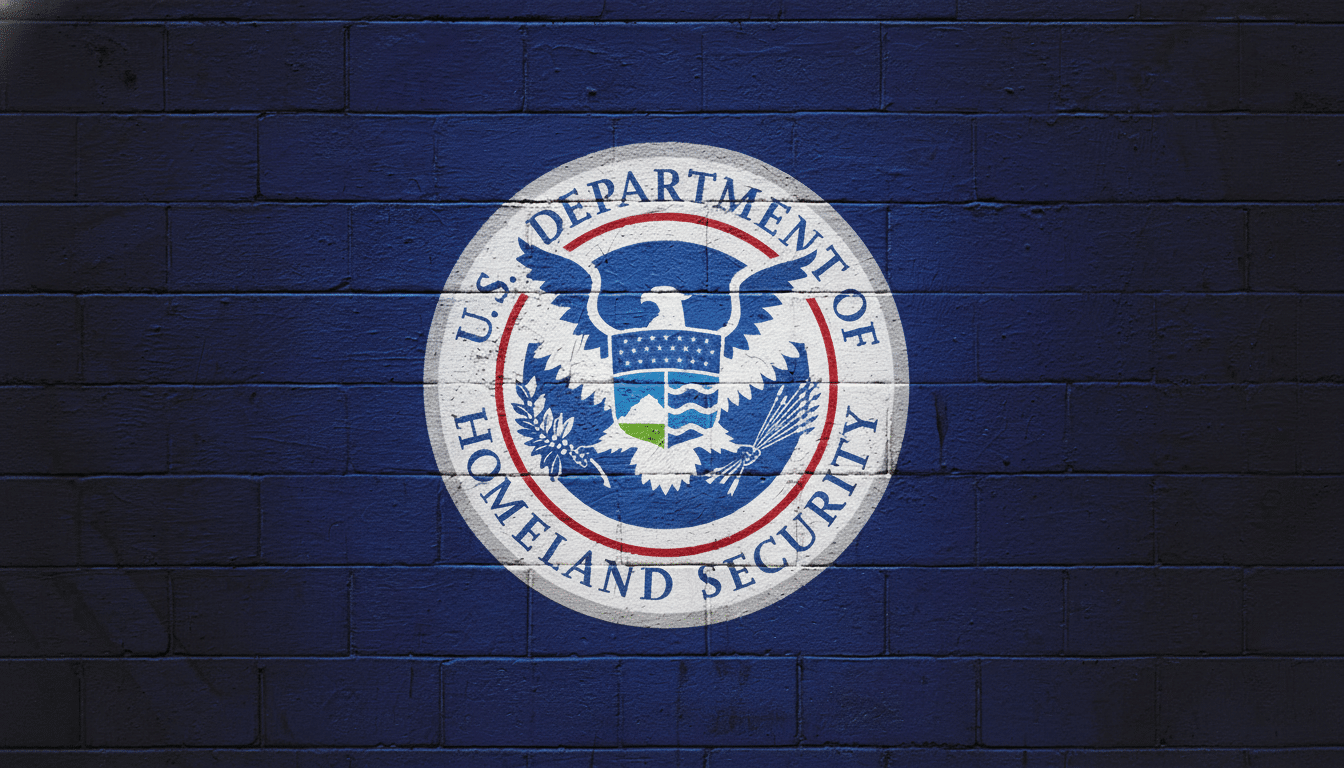The United States is remaking how the H-1B system operates, with new rules that impact the lottery, fees, and employer compliance. The goal, according to federal agencies, is to stamp out abuse and steer limited visas toward genuinely specialized, higher-skilled roles. The end result is a program that is becoming more expensive, more document-dependent, and possibly even more exclusive — and that may not be done changing.
What changed in the H-1B program and selection rules
USCIS has shifted to a beneficiary-focused selection process, which will prohibit employers from inundating the lottery by submitting multiple registrations for the same worker. The new approach grants each person one entry, no matter how many job offers they may have, a change intended to level the playing field and discourage gaming.
- What changed in the H-1B program and selection rules
- How the lottery odds will likely shake out under changes
- The true cost for employers under new H-1B rules and fees
- Wages and the so-called specialty occupation bar
- Why more H-1B changes could be coming in the near future
- How employers and workers can get ready for ongoing changes

Fees are rising. A new fee rule has also increased the base filing fee for H-1B petitions, and a new Asylum Program Fee is now levied on most of the largest employers (discounted or waived for small businesses and nonprofits). The additional H-1B registration fee will be raised from a nominal $10 to a significant figure in preparation for the next cap season, USCIS said.
Compliance expectations are tightening. The Department of Homeland Security’s H-1B modernization rule codifies the definition of “specialty occupation,” restricts third-party placements, and allows the government to perform site visits in more instances. The DOL is still focused on exacting LCAs for hybrid and remote workplaces.
How the lottery odds will likely shake out under changes
In more recent cap seasons, USCIS reported rampant abuse of registrations, and many attempted to register one beneficiary multiple times. The beneficiary-centric fix changes incentives: a single engineer can no longer increase their odds by collecting nonsensical job offers, which should lower both registrations and fraud in selections. Practitioner reports to date indicate there are fewer duplicate entries and that the selection rate for both startups and large employers is more predictable.
The true cost for employers under new H-1B rules and fees
Sticker shock is going mainstream. With the higher Form I-129 fee, a training fee that can top $1,500, plus the $500 fraud-prevention fee and new Asylum Program Fee for larger companies, an average H-1B petition often costs several thousand dollars before clients see any attorney time. Optional premium processing — now more than $2,700 — is faster and is often standard when projects are time-sensitive. For high-volume filers, the aggregate cost is enough to matter; for startups it can make the difference between sponsoring today or waiting for a cap-exempt hire.
Proponents say the higher price floor discourages speculative filings and gives shareholders more of a reason to cheer. Critics respond that across-the-board rate increases do not differentiate between bad actors and research labs or early-stage companies relying on high-end STEM talent. Studies by nonprofit policy groups have warned that heavy-handed cost increases could lure top scientists away to hubs in Canada, the U.K., or the EU.
Wages and the so-called specialty occupation bar
The underlying legal test — that a role calls for specialized knowledge and the equivalent of at least a bachelor’s degree in a particular field — is being applied with greater rigor. End-client documentation in consulting projects, a detailed list of duties, and duty-to-degree alignment are increasingly important. Others that hire for generalized degrees without specific job requirements face harsher scrutiny.
Wages: Good news, the wage determination system survives, but agencies are already hinting at more scrutiny of level selection and geo-specific data.

Previous attempts to overhaul the wage methodology were blocked in court, but there have continued to be calls to link H-1B selection to wage rankings. High-wage filings do already generally fare better in adjudications; we would expect that, if wage-based selection were to come back, it would be beneficial to jobs at or above the top wage levels.
Why more H-1B changes could be coming in the near future
Rulemaking is iterative. Some aspects of the modernization campaign are also still notice-and-comment, with litigation continuing to loom as a live risk from which provisions may be delayed, narrowed, or widened. The Government Accountability Office has previously called for stronger oversight of fraud in the program and worker protections, which can also drive more regulatory course correction.
Policy appetite is also shifting. Think tanks from across the spectrum have kicked around ideas for reform — from wage-ranked selection (like Canada’s points system, which gives extra credit for higher earners) to cap changes and faster pathways for doctoral researchers. Any one of these could be revisited, especially if labor markets tighten or competition among nations for indigenous AI and semiconductor talent heats up.
Congress remains the wild card. Only Congress can permanently raise the 85,000 annual cap or clear green card backlogs that leave many H-1B workers stuck for years, particularly those who were born in India and China. If backlogs increase further, there will be growing pressure for relief in the form of visa recapture or points-based pilots.
How employers and workers can get ready for ongoing changes
Plan early and document deeply. Map degree fields to job duties; map hybrid work locations in the LCA, and obtain end-client letters as necessary. Budget for increasing fees and save premium processing for when application timelines are most crucial.
Diversify pathways. Cap-exempt positions at universities and research organizations, the O-1 for those with extraordinary ability, and country-specific visas such as TN or E-3 can help keep projects moving. Start green card sponsorship sooner to avoid long waiting times, and think about global hubs where you can perform the role remotely.
The signal in the noise is clear: H-1B is being re-engineered as a way to cut off loopholes and connect it with high-skill, high-pay work. That recalibration is not finished. Those companies and applicants that pivot quickly — and monitor agency guidance from USCIS and the Department of Labor — will be in the best position to do so when the next wave of changes comes.

